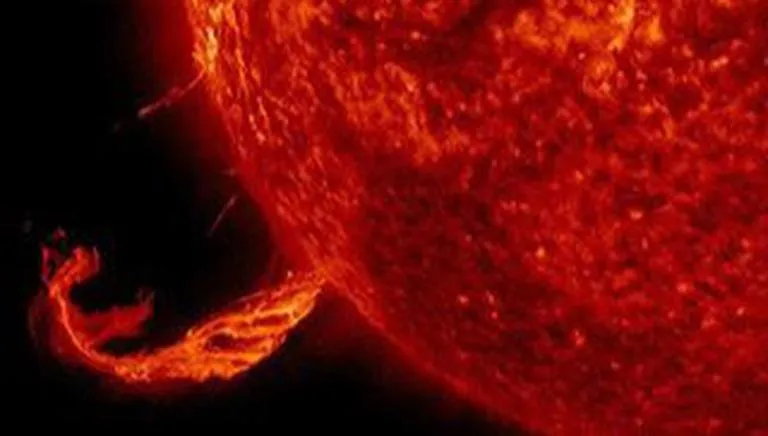ISRO Aditya L-1: Launch Of India’s Maiden Solar Mission On Track For Launch In 2023

India’s maiden mission to study the Sun is on track for launch in 2023, possibly in the middle of the year. The solar mission named Aditya-L1 is being designed to study the Sun’s lesser-known properties such as Coronal Mass Ejections (CMEs) and the solar winds which affect the overall space weather. Currently under final stages of development, the project Aditya L-1 was taken to IIT BHU for workshop organised from February 25-27.
The IIT BHU workshop named the Aditya-L1 Support Cell (AL1SC) has been organised “to train and prepare students to understand the physics of the Sun and heliosphere and to analyse and interpret the data from different instruments in Aditya-L1,” the institution said in a statement. “Sample data from other satellites will be used in the workshop hands-on sessions to introduce the tools and methodology of analysis and interpretation.”
Objectives of Aditya L-1
Initially planned for installation in the low-Earth orbit (LEO), mission developers decided to send it 15 lakh kilometers away at the first Lagrange point (L-1), thus the name Aditya L-1. The observatory will carry seven remote-sensing and in-situ instruments to observe the CMEs and probe the solar wind’s origins in different wavelengths.
ISRO in late January received the heaviest payload for the observatory– Visible Emission Line Coronagraph (VELC)– developed by the Indian Institute of Astrophysics (IIA). The other six instruments that will be integrated later are Solar Ultraviolet Imaging Telescope, Aditya Solar Wind Particle Experiment, Plasma Analyser Package for Aditya, Solar Low Energy X-ray Spectrometer, High Energy L1 Orbiting X-ray Spectrometer, and Magnetometer. All of them will collectively observe the photosphere, chromosphere, and the outermost layers of the sun to decode solar activities and their effect on space weather.
To date, several solar missions by space agencies including NASA, the European Space Agency (ESA), the Japan Aerospace Exploration Agency (JAXA) and the China National Space Administration (CNSA) have launched their solar missions. But none of them have been able to decode the science behind the CMEs and the corona, the Sun’s outermost layer which is even hotter than the solar surface. The solar surface temperature is estimated to be around 6,000°C, whereas the corona heats up to millions of degrees. These are the mysteries Aditya-L1 will aim to solve.





